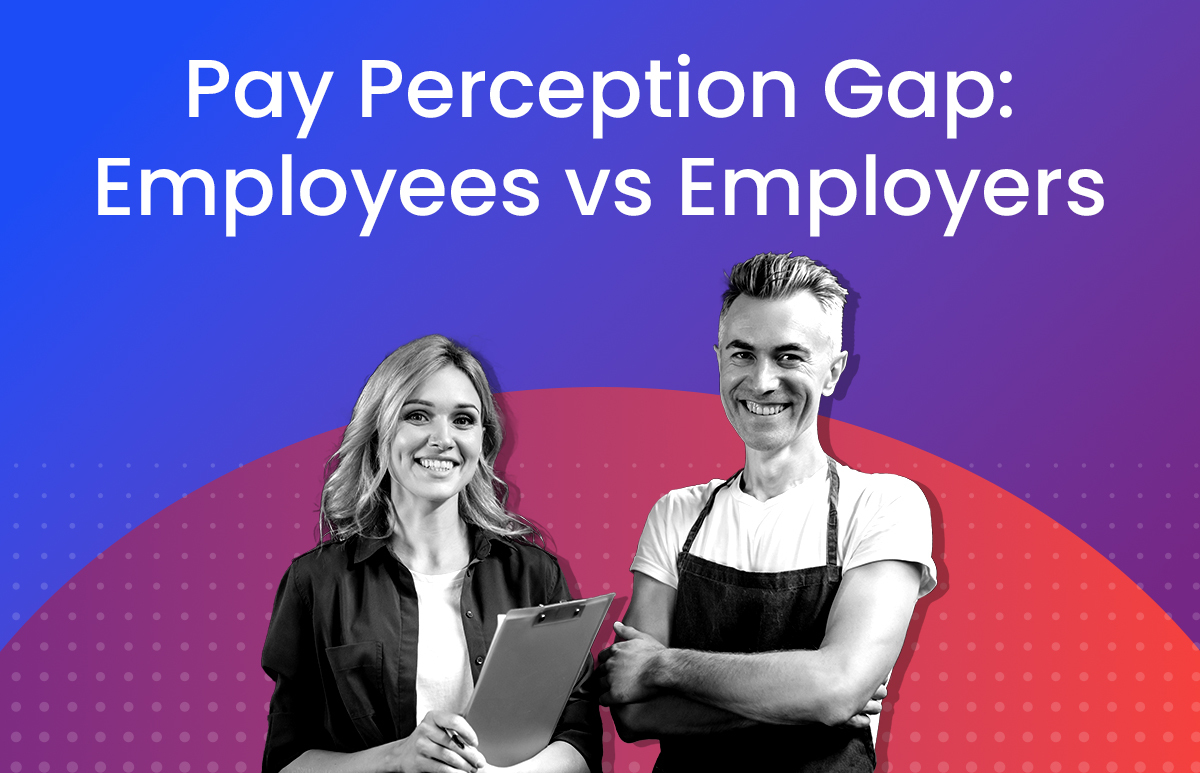Analytics For Successful Change Management

The business world is rife with change; organisations of all sizes, across all industries must manage change to some degree – some more than others. The pandemic alone inspired seismic changes to policies and procedures, organisational strategy, operating models, products and services, culture, and more. Yet, just one-third of change initiatives succeed.[1]
Fortunately, more and more organisations are leveraging HR data and analytics to inform organisational change outcomes – and the benefits are huge.
So, what sort of HR data is being used, and what part can people analytics play in improving organisational change outcomes?
The benefits of leveraging data and analytics
Before embarking on a change initiative – whatever the nature of the change – an organisation should investigate what types of metrics will be most useful and how they will be gathered. By collecting the right kind of data, organisations can build predictive models that allow them to analyse current and past events to make predictions about future events.
What kind of data is being used?
Common data sources for HR analytics include demographic employee data, payroll data, engagement data, labour market data, etc. With this sort of insight, organisations will be able to determine who to involve in the change program, what approaches to make, the risks, the cause and effect, and so on.
ELMO’s 2021 HR Industry Benchmark Report, which is based on a survey of 1800 HR professionals in Australia and New Zealand, uncovered the most common metrics used to measure organisational performance. These include:
- Employee turnover (39%)
- Employee engagement (35%)
- Employee absenteeism (23%)
- Length of service (19%)
- Time to hire (18%)
When it comes to change initiatives, it’s easy to spot the metrics from the above list that may help. A merger or acquisition, for example, may use the insights gleaned from the employee turnover, employee engagement and employee absenteeism data – both from the acquiring organisation and the organisation being acquired.
5 questions to ask before embarking on organisational change
Before embarking on a change initiative, organisations should ask some important questions relating to HR data. Boston Consulting Group[2] identified five fundamental people analytics questions that can help set the stage for a successful transformation, specifically a merger or acquisition. These include:
- Is the target organisation design sufficiently simple, lean and customer focused?
The best way to test the effectiveness of organisation design is to look at the ratio of managers to direct reports. Having too many individuals in leadership positions can hurt financial performance and employee satisfaction.
- Are leadership roles well designed and staffed, with sufficient attention to diversity of the leadership team and overall employee engagement?
A more diverse team of change leaders (various seniority levels, from different departments and backgrounds) will promote better outcomes. Using diversity & inclusion metrics can assist with this analysis.
- Will the transformation help create the desired behaviours and ways of working, and are those behaviours and ways clearly articulated?
Before embarking on the change initiative, clearly map out and communicate the intended outcomes through an ‘open-source’ approach[1] (inclusive practices where employees are engaged to help plan and implement initiatives and communication channels are open). Use pulse engagement surveys to track employee sentiment before, during and after the change.
- Are organisation activity metrics, such as attrition rates and internal job rotation frequency, being used to support the transformation?
Metrics such as employee turnover, internal movement of employees and employee engagement are key indicators of the success or failure of a change initiative.
- For the most critical parts of the business, what are the key people levers that most influence performance?
It might be whether the right skills or resources are available, or whether people have the right tools to do their job. It might come down to having two-way communication channels or a motivational rewards & recognition program – there could literally be countless ‘levers’ that could be used to improve the chance of success for the change initiative. Understand these levers and determine how they can be measured or assessed.
Of course, these questions will change depending on the unique circumstances of each organisation, but the focus on employee sentiment should remain: what do people feel about the change? How will they fit in with the change? Do they have any suggestions for making the change better or more effective?
The role of HR metrics and data analytics is rapidly evolving, and it’s encouraging the see that HR professionals are slowly adopting analytics to inform change initiatives.
ELMO Software offers people, process and pay solutions in an all-in-one cloud-based platform. This includes recruitment, learning, performance management, payroll, expenses, and more. ELMO has helped thousands of organisations across Australia, New Zealand and the UK better manage, engage and inspire their people. For further information, contact us.
[1] “Changing change management: An open-source approach”, Gartner for HR, 2019
[2] “Unlocking change management with people analytics”, Boston Consulting Group, June 2019
 HR Core
HR Core 









